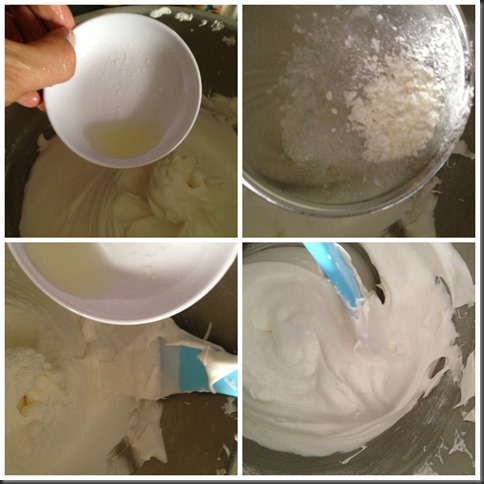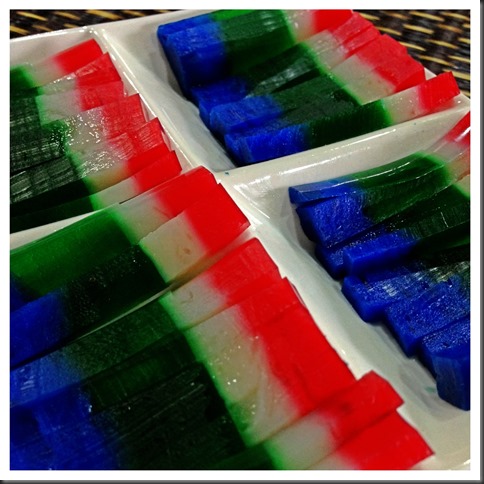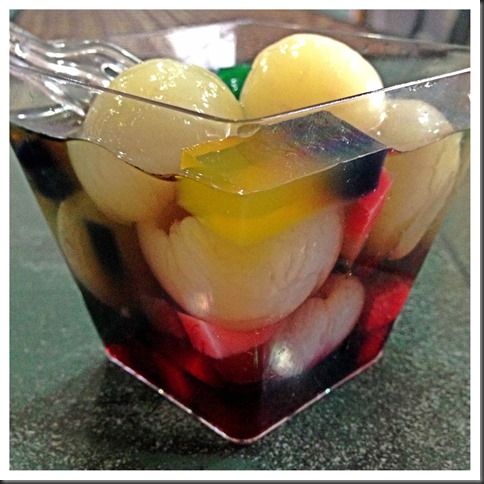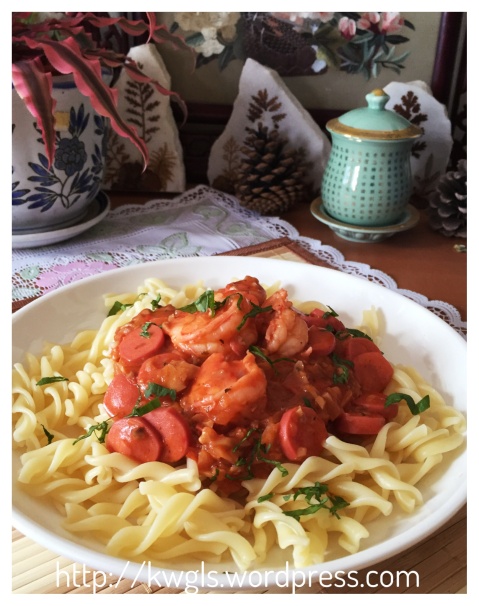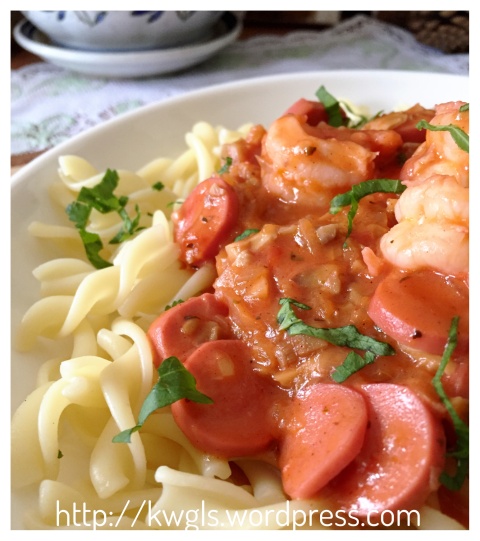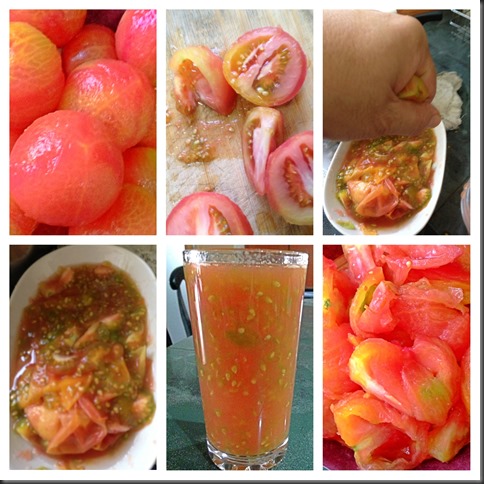INTRODUCTION
Yesterday is really a busy day for me. I have been making mayonnaise, baking pizza and this Pavlova. By the time I have to take picture of this Pavlova, I was feeling extremely tired and after I ate one slice and kept 3 slices for other families members, I gave away the rest to my neighbour who were having some sort of house gathering. I hoped I have adequate pictures to share with readers.
Pavlova actually sounds familiar to me. Just like Vladimir, Sergei, Liana and Nathasia, the name sounds so Russian. I have spent some times in Russian before and one of my ex-colleagues do carry the name Pavlova. In fact, I do not know it is the name of one of the famous desserts until very recently when I did a read up on meringue, macaroons and other egg whites based pastry items.
WHAT IS PAVLOVA?
Per Wikipedia:
Pavlova is a meringue-based dessert named after the Russian ballet dancer Anna Pavlova. It is a meringue dessert with a crisp crust and soft, light inside.
The dessert is believed to have been created in honour of the dancer either during or after one of her tours to Australia and New Zealand in the 1920s. The nationality of its creator has been a source of argument between the two nations for many years, but formal research indicates New Zealand as the source.
The dessert is a popular dish and an important part of the national cuisine of both countries, and with its simple recipe, is frequently served during celebratory and holiday meals. It is a dessert most identified with the summer time, but is eaten all year round in many Australian and New Zealand homes.
Meringue based dessert will mean this dessert only utilizes egg whites and some sugar. It is not really a common dessert in Singapore and Malaysia. The challenge is to prepare a Pavlova that had a crispy outside of soft cotton liked inside. Preparation is not really that tough but patience is needed in the baking of this simple meringue.
WHAT IS NEEDED
-
4 egg whites (at room temperature)
-
1 1/4 cups of icing sugar or castor sugar
-
2 teaspoon of potatoes starch/corn starch
-
1 teaspoon of lemon juice
-
1 teaspoon of vanilla extract
-
Fresh fruits of your choice. In this illustration, I have used fresh strawberry and blueberry.
Note:
-
The egg whites have to be at room temperature. Colder egg whites are more difficult to beat to peak condition.
-
I have substituted the castor sugar with icing sugar as it will be easier for it to dissolve in the egg whites. If it is difficult for you to get icing sugar, just blend the castor sugar using a food processor.
-
Usually, corn starch is used. However, as I did not have corn starch with me, I have used potatoes starch. By the same logic, sweet potatoes starch and tapioca starch can also be used. What is needed is a small quantity of flour that is light and smooth to help holding the Pavlova structure.
STEPS OF PREPARATION
-
In a baking tray. have a piece of baking/parchment paper. Use a 8” round baking tin and draw a big circle on the baking sheet. Set aside for later use.
-
In a mixing bowl, Add egg white and beat until soft peak form. Add in icing sugar spoon by spoon and continue to beat until the egg white is thick and glossy.
-
To check if all sugars have been dissolved, rub a bit of the beaten egg whites (meringues) between the thumb and index fingers. If it is smooth, it means that the sugars have been dissolved. If it feels sandy, it means that the sugar has yet to be dissolved. Continue beating for another 1-2 minutes and test again.
-
Add in vanilla essence and continue beating until it is well mixed.
-
Off the machine if the meringue is glossy and in its stiff peak form. Stiff peak form means when you hold up the beater, the meringue can point upwards as shown in picture number 4.
-
Take out the mixing bowl. Add/sprinkled the lemon juices. Sift in the potatoes/corn flours.
-
Use a spatula to fold in the flour and lemon juice quickly. Handle lightly until all the lemon juice and flour are well mixed.
-
Place the meringue on top of the baking paper within the circle drawn. Smoothing the edges.
-
Baked in the oven at low temperature of 130 degree Celsius for about 60-90 minutes or until the outer crust are dry and pale cream colour.
-
IMPORTANT: Leave the Pavlova inside the oven with the door ajar and let it cool inside the oven until it is completely cool. It is generally okay if the middle part of the Pavlova collapsed as we will be decorating with whipped cream.
-
PRIOR TO SERVING, beat about 200 ml of whipping cream until top peak and placed on top of the Pavlova. Place your fresh fruits on top of the Pavlova.
CONCLUSION
Pavlova is good to be served as a dessert. It’s sweet crusty tops and sides goes well with most fruits. One can also consider using fruits such as Kiwi and mangos. The Pavlova can be prepared in advance and keep for 3-4 days in an air tight container. Of course, the size of Pavlova have to be reduced accordingly for it to store in the container. It can also be made into a one bite size.
If you are health conscious, you can substitute the whipped cream to low fat whipped cream and slightly reduce the amount of icing sugar used. Remember whipped cream and fruit toppings shall only be used prior to serving as the whipped cream and fruit juices will make the meringue soggy if not consume on time.
Hope you like the post today and have a nice day. Cheers.



 (
(




